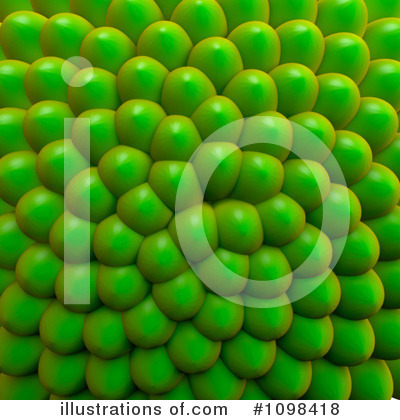

If you look at the Fibonacci Sequence and consider them as possible section, margin and font sizing it should be clear that it can structure your entire design. One based on a proven aesthetic appeal in design, architecture and nature. The Fibonacci Sequence is a method of bringing a sizing and spacing system into your designs. If that unity doesn’t exist it will always feel unpolished. But even though these sizing choices may look good to your eye, your brain is trying to find unity in those relationships. Now these sizes might not look bad, which is why so many designers can get away with this eyeball approach. Many designers pick size and spacing arbitrarily or based on “instinct.” A 20px margin might seem reasonable and a 400px tall header look good.

This is especially true of spacing, sizing and proportions. Our mind is constantly seeking some reason, pattern or rational for what we are seeing. The seeking of order and understanding applies to our assessment of visual design as well. It is one of the traits that has helped our civilization advance at such a rapid pace. How big is the header compared to the navigation bar? How wide is the photo compared to the sidebar? These ratios are what make or break the balance, emphasis and flow of a design.Īdditionally whether we realize it or not we constantly are looking for order and understanding of the world around us. This can extend further by considering the proportions of our elements. Everything from the width and height of various sections to the space between a heading and the paragraph text below it. Realize that every aspect of our design requires decisions on the usage of space. Precise and effective space management can make the difference between an average design and an amazing one.

Spacing and the use of space is what holds a design together. An example of rational spacing using the sequence While these components are important elements of design, much of design is actually the management and division of space. Designers by nature are passionate people so it is only natural that color palettes, typeface choice and photography can excite and blind us. It is easy to get blinded by the “sexier” components of design. This element is a concept that many designers ignore all together, regardless of their knowledge of the sequence. These elements aside there is a key element of design that the Fibonacci sequence helps address. These seemingly random patterns in nature also are considered to have a strong aesthetic value to humans.

This pattern and sequence is found in branching of trees, flowering artichokes and arrangement of leaves on a stem to name a few. Secondly the sequence is commonly seen in nature. To describe the concept simply, the Golden Ratio is a design concept that is to create visually appealing proportions in art, architecture, design and even the human body all throughout history. If you are not familiar with the Golden Ratio I suggest reading up on it here. The first area of relevance is that the sequence is actually very close ratio to the Golden Ratio. It is just numbers, isn’t it? The sequence actually relates closely to design in a few key ways. How Does It Apply to Design?īy itself it might seem like the Fibonacci sequence has everything to do with mathematics and nothing to do with design. To see a list of the Fibaonacci numbers take a look at the article on wikipedia. As you will notice it is a pretty simple principle and probably seems more rooted in mathematics than anything related to design.
FIBONACCI PATTERN SERIES
Simply put the Fibonacci Sequence is a series of numbers with the pattern of each number being the sum of the previous two. The Fibonacci Sequence is a great design concept to understand and integrate into your work. My hope is that it will both urge me to research and study the laws of design as well as remind others that there is more to design than gradients and shadows. So I wanted to continue to talk about lesser known design principles. These posts tend to promote shallow design practices instead. While this type of post is entertaining, it will hardly do anything push the design community. I might be a bit jaded, but I have grown very sick of the “fast food” list style design articles that seem to get so much attention these days. I was ecstatic when the post received ample attention and fan fare. Not too long ago I posted an article that outlined ten laws to design by.


 0 kommentar(er)
0 kommentar(er)
